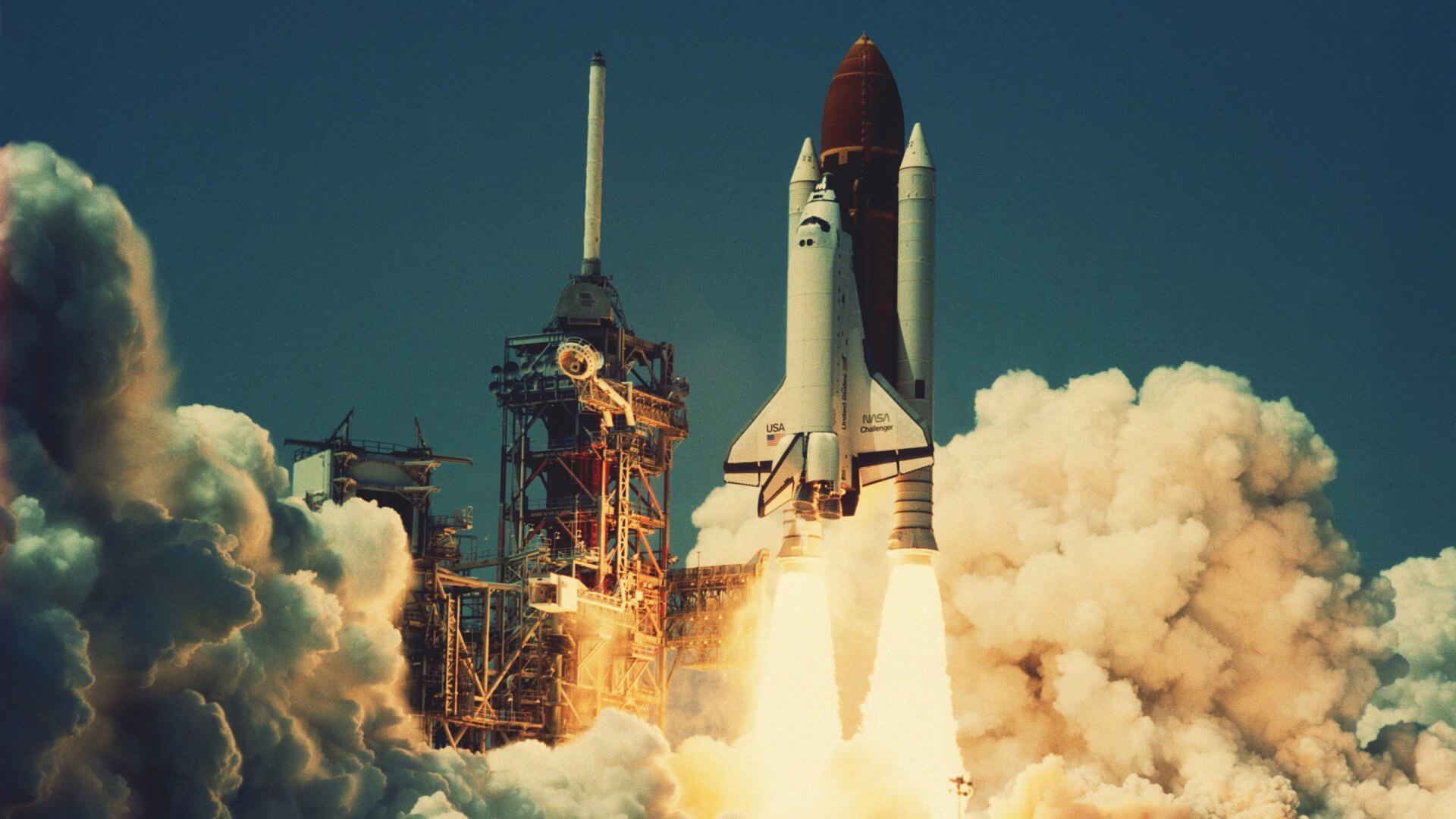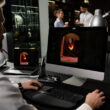A space shuttle is a vehicle with a very powerful jet engine designed to transport people or equipment beyond Earth and into space. If we define space as the region outside the Earth’s atmosphere, it means that there is not enough oxygen to power the conventional engine of the kind found in a jet plane. So the way to send a shuttle into space is to build a very special jet-powered vehicle that carries its own oxygen supply.
What Else Can We Learn About the Space Shuttle?
They need great speed and a great deal of energy to escape Earth’s gravity and keep them from falling to Earth. High speed and energy mean rocket engines have to generate enormous forces. To express this magnitude according to NASA’s calculations, when the Saturn V moon rocket launched, it created a thrust of 34.5 million newtons, more power than the 85 Hoover Dam.
Motion by Force
The space shuttle and rockets are great examples of how forces move objects. It is a common mistake to think that these vehicles move forward by “pushing back into the air,” and it has been known to astronomy centuries ago that there is no air to push in space.
When it comes to forces, rockets represent three important scientific rules called the laws of motion, developed by the English scientist Isaac Newton (1642-1727) nearly 300 years ago. According to Newton’s law of motion, things at rest (like rockets parked on launch pads) stay at rest unless forces act on them, and things that move continue to move at a constant speed unless a force acts to stop them. When the rocket engine is ignited, it creates the force that accelerates the rocket towards the sky and shows the effect of the force.

Space Shuttle Movement
The space shuttle travels upward, firing hot exhaust gas downwards, such as rockets, jet planes, or inflated balloons where (cold) air is allowed to escape. This is an example of the law often referred to as “action and reaction”. The ignited hot exhaust gas (effect) creates an equal and opposite force (reaction) that accelerates the rocket. The impact is the force of the gas, the reaction is the force acting on the rocket and the two forces are of equal magnitude but point in opposite directions and act on different things. The thrust pushing it upwards will be greater than its own weight (force of gravity) pulling it down, so the space shuttle will move into the sky. Meanwhile, along with gravity, air resistance will try to pull the vehicle back by fighting against thrust.
The thrust of the thrown vehicle must be stronger than these two effects. The faster the launched vehicle moves, and the more its shapes disturb the air, the more resistance it creates, and the more energy the vehicle expends as it accelerates. For this reason, vehicles that need to move fast (space shuttle, rocket, jet planes, high-speed trains) tend to be long, slender, and tubular compared to slower moving structures such as boats and trucks. In this way, it is less affected by dragging.






